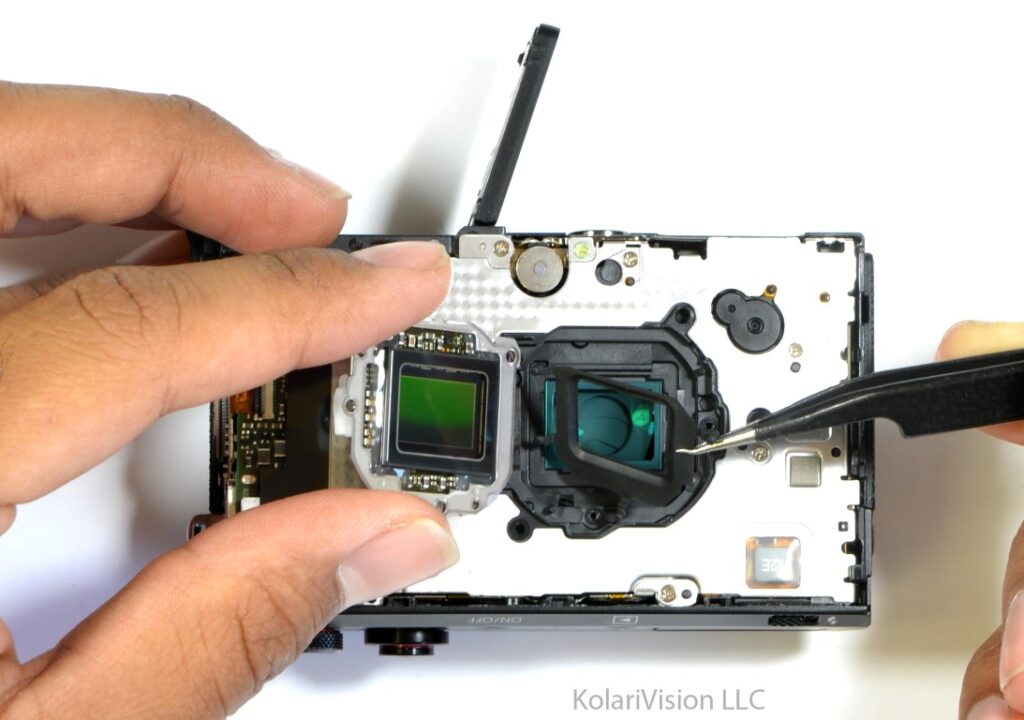Neutral Density filters are made up of a darkened piece of glass that acts like a pair of sunglasses for your camera. They prevent a certain amount of light from entering the camera’s sensor while maintaining color’s hues and tones. While lots of light is generally what you want in photography, there are times when it can be too much of a good thing, so to speak.
The ability to shoot in virtually any lighting conditions without compromising your camera settings is what the ND is all about. They are one of the many simple tools that can help to elevate your work, making it look more professional with minimal extra effort. However, not all NDs are created equal.
Old Style NDs
Neutral density filters have a long history before digital photography. In the days of film, the only properties of a filter were within the visible light spectrum (400-700nm). Anything above or below this spectrum was irrelevant as film was not sensitive to wavelengths outside of this range. As a result, traditional ND filters often had a transmission profile like the graph below–relatively flat between 400-700nm and transmitting a lot more in the infrared spectrum.
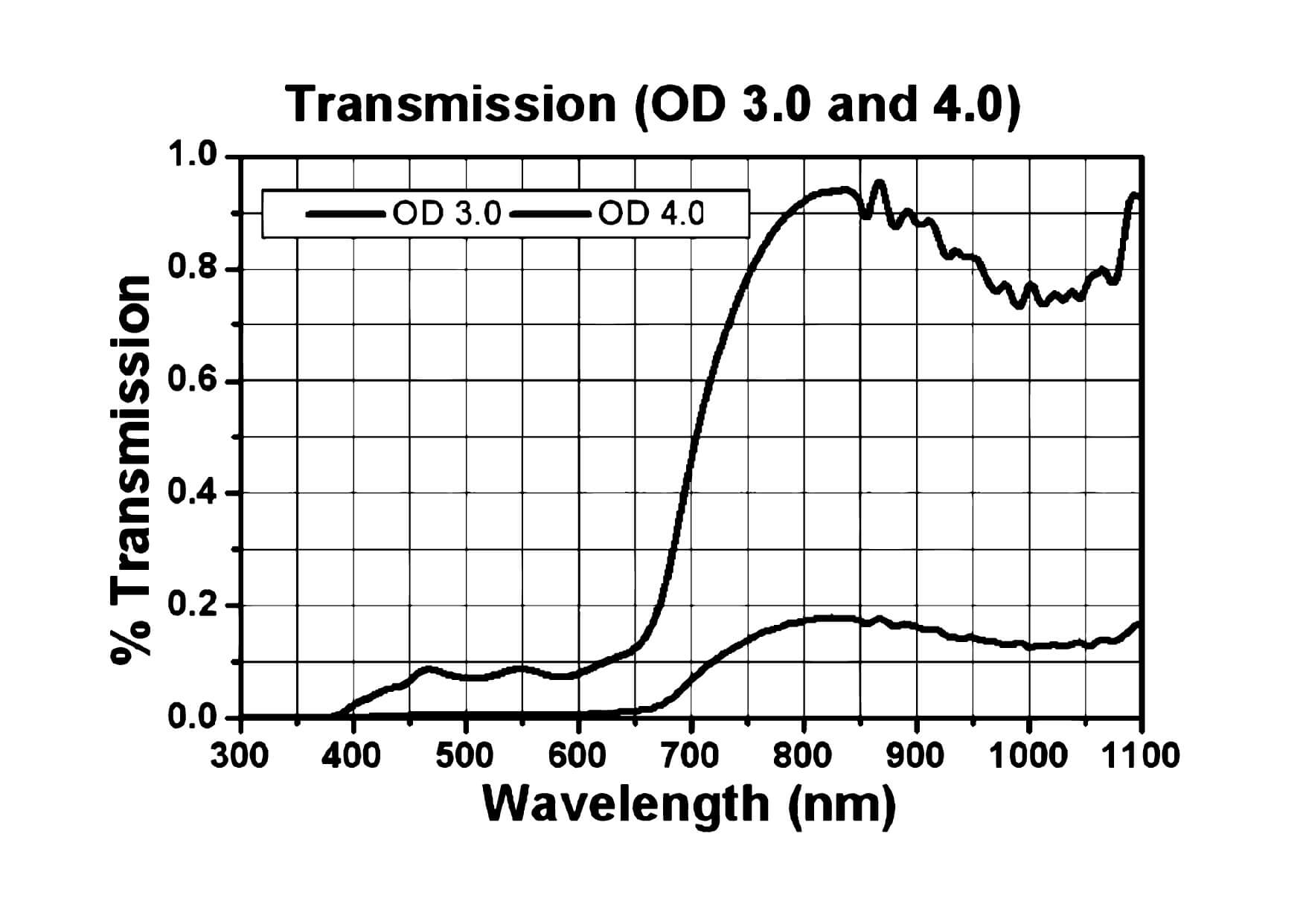
It looks fairly similar to the transmission of a traditional 720nm longpass filter that you would use for infrared photography.
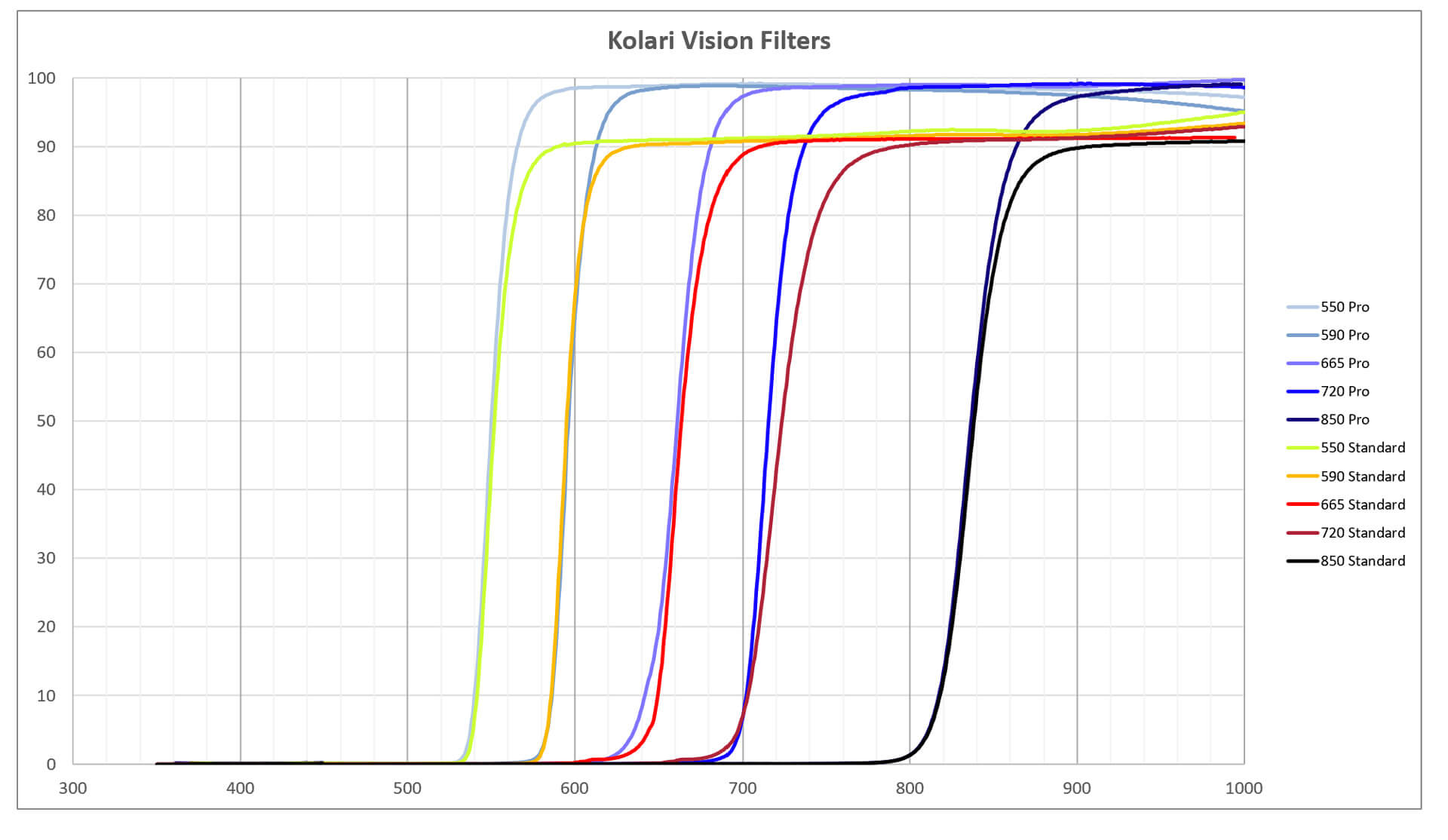
Unlike film, the silicon sensors used in digital cameras are sensitive to the UV and infrared spectrums. This extra sensitivity is corrected with a UV and IR blocking filter fitted on top of the sensor, allowing it to mimic the visible-range sensitivity of film. Fortunately for infrared photographers, these internal filters are not perfect and leak into the IR spectrum. Because of this, you can shoot in infrared with a normal digital camera with just a 720nm filter and a long exposure.
The bad news for visible light photographers shooting long exposures is that their traditional ND filters can act as a 720nm longpass filter. Depending on the filter and the ND value, this could actually result in an infrared exposure. This effect is so prominent that some people will use an older ND filter as a budget 720nm infrared filter. In more minor cases, the IR effect produced by these NDs presents itself more subtly, but it can still affect color accuracy, making black fabrics appear pink.
IRNDs
To solve the problem traditional neutral density filters caused with digital cameras, manufacturers began adding IR blocking elements to their ND filters. The goal was to partially block visible light evenly across the range in order to create the ND effect and to block infrared light aggressively.
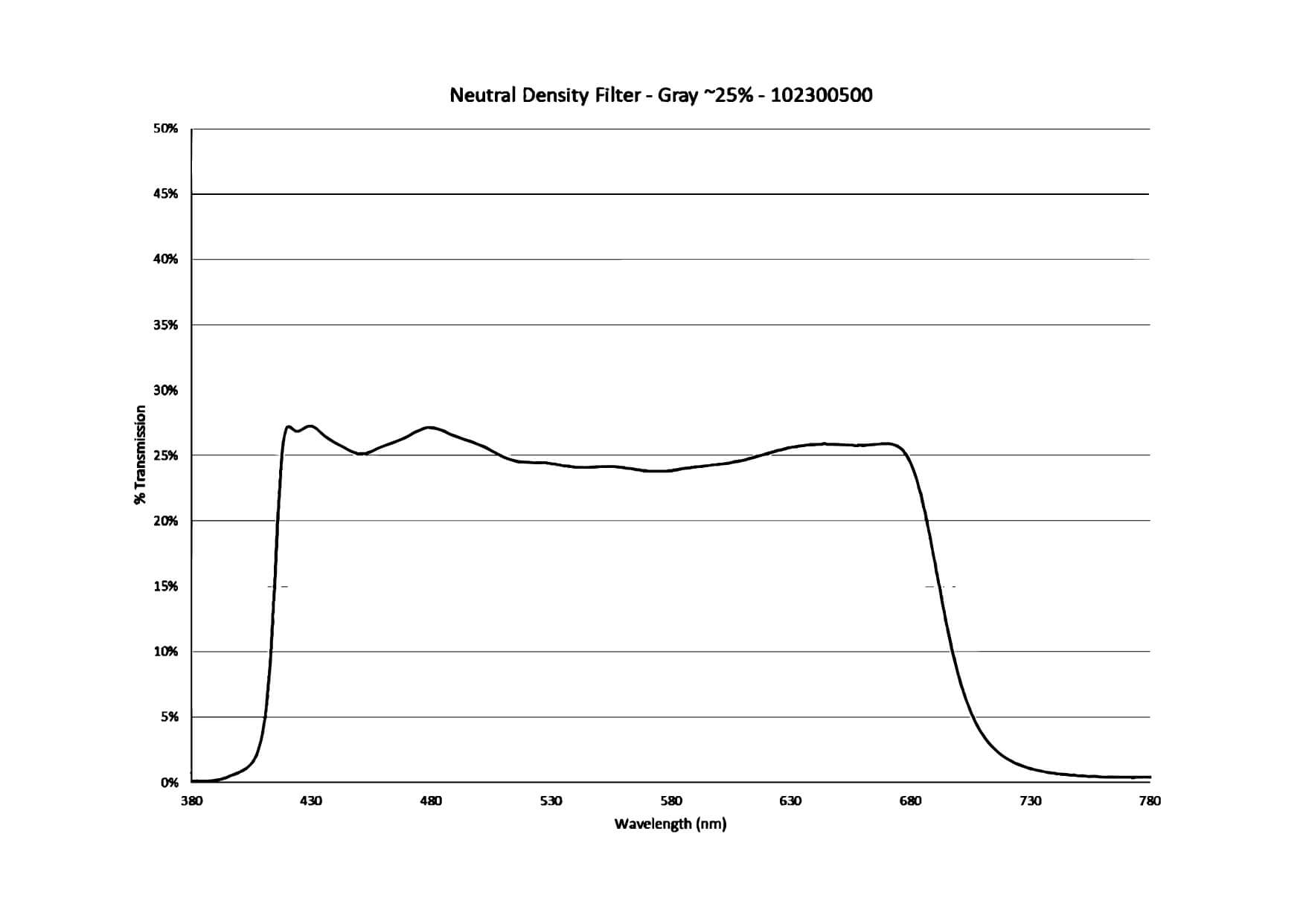
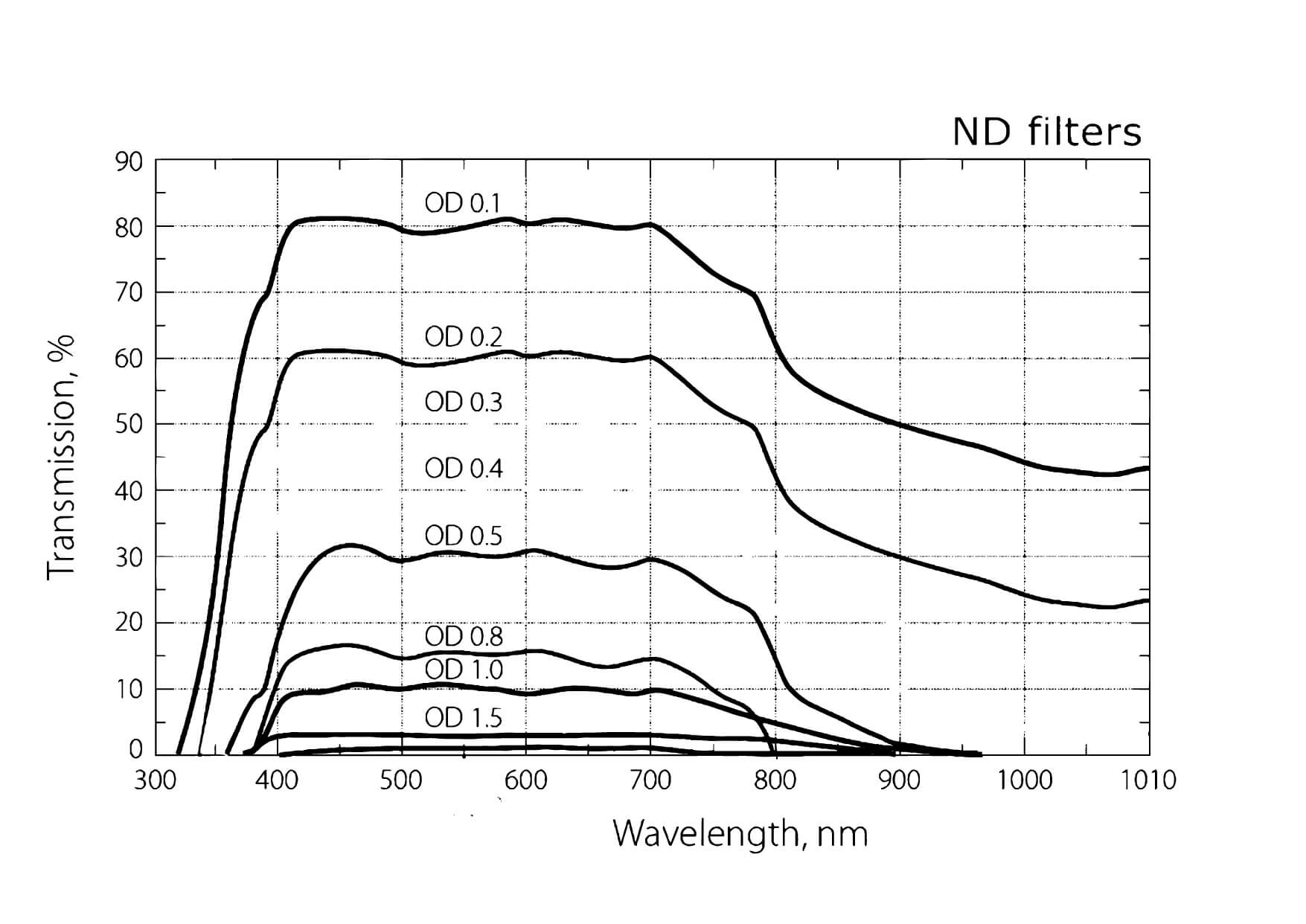
This type of filter became known as the “IRND” because it blocks infrared light and removes the risk of any IR bleed-through.
This was an acceptable solution for regular photographers, but neither type of ND filter is suitable for infrared photography. Traditional NDs block little to no IR, eliminating the ND effect in the IR spectrum, while IRNDs block most, if not all, IR light, preventing you from taking an exposure at all. That’s where we stepped in.
Everything in Between
We noticed this gap in the market and decided to create our own ND filter to fill it. We designed the Kolari Pro ND filter to have an even transmission curve across both the visible and infrared spectrums. This eliminates the risk of an IR exposure for visible light while also allowing the filter to be used in the IR spectrum or any multi-spectral photography that blends visible and IR light.
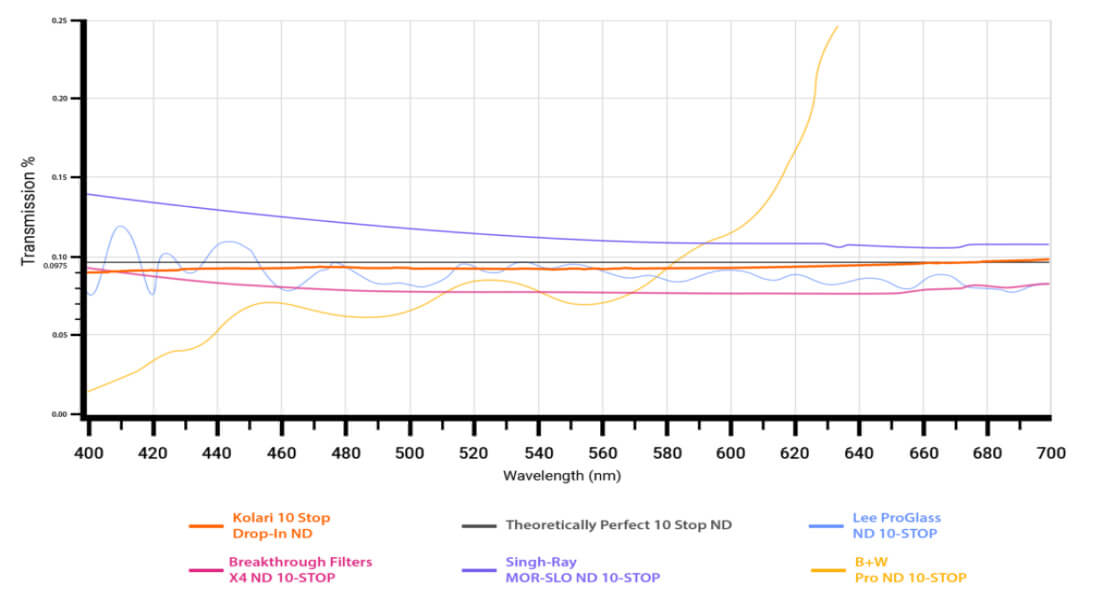
In the past, ND filters, much like cameras and other photographic equipment, were designed to serve visible light photographers. With the increase in popularity of infrared photography in recent years, we wanted to create a product that caters to the needs of both general and infrared photographers. The Kolari Pro ND works like an IRND in the visible spectrum, but it allows the transmission of IR light while maintaining the neutral density effect when used with an infrared or full-spectrum converted camera.
Visit our shop to learn more about our ND filters and other products to see if there’s something there for you.
To stay up to date on new releases and updates, be sure to subscribe to our newsletter.


